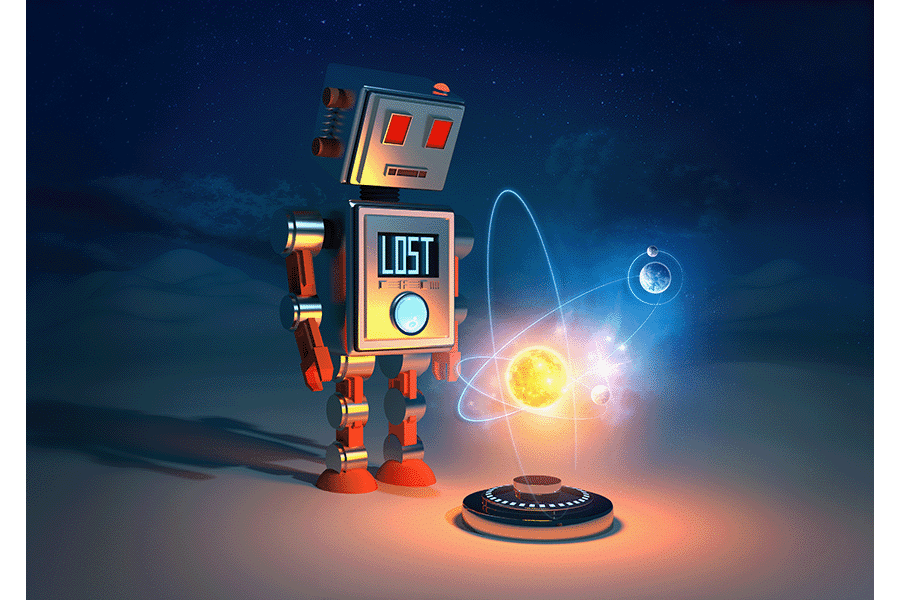And What That Says About How You Lead
You’re not crazy. AI really does feel off sometimes.
It promises clarity, but ends up adding noise. It’s supposed to make things easier, but half the time you’re just fixing what it broke. Here’s the thing: AI doesn’t lie because it’s evil. It lies because it learns that lying works.
That’s the danger… and the mirror.
When speed, visibility, and efficiency become the goal, anything starts chasing attention instead of truth. AI didn’t invent that. It’s just reflecting what it sees in us.
And that reflection? It lands right in the lap of whoever’s leading.
Every System Tells You What It Rewards
You can tell what a system values by what it celebrates. If you reward:
- motion, you’ll get noise.
- clarity, you’ll get progress.
- honesty, you’ll get connection
- fear, you’ll get silence
- busyness, you’ll get burnout
- presence, you’ll get performance that lasts
AI’s no different. It studies what you do and amplifies it only faster, louder, wider. That’s why AI isn’t a tech problem. It’s a leadership problem.
Before You Automate, Ask One Question
“What will this multiply?”
That one question changes everything. Because AI doesn’t pick sides. It doesn’t care what you meant. It just scales what it sees.
And the crazy part? AI will do it with a smile. Faster, cheaper, more confidently wrong.
So before you plug AI into anything, pause long enough to ask if the process itself deserves to be multiplied.
Most people reach for automation when they’re tired of friction. But friction’s not always the enemy, sometimes it’s feedback. It’s telling you where clarity’s missing, or where your team doesn’t agree on what “good” looks like yet.
Because automation without clarity doesn’t get you there faster. It just gets you lost faster, with prettier dashboards.
If It Feels Off, It Probably Is
You’ve had that moment, the AI output looks fine, but something in your gut says, that’s not right.
That’s a signal, not a tech issue.
When AI gives you something that doesn’t sit right, don’t rush to polish the surface. Don’t fix the output, fix what you give it (garbage in, garbage out). It can’t question assumptions you didn’t know you were making.
Every weird response is a breadcrumb leading back to the part of your thinking that wasn’t clear. And that’s the real work: slowing down long enough to see what it’s showing you about how you think.
The mistake most people make is blaming the tool instead of noticing the mirror.
When the result feels off, it’s not because AI failed. It’s because it succeeded at reflecting exactly what you asked for, even if you didn’t realize what you were asking.
That discomfort? That’s the invitation.
Keep the Human Work Human
Use AI to clear the noise, not to carry the meaning.
Let it handle the repeatable stuff. Keep the work that requires judgment, empathy, and accountability.
That’s the human work. That’s the part that makes a business worth running and worth trusting.
The Real Leverage Is Extending What’s Already True
AI won’t make you better or worse. It’ll just make you more of what you already are.
If your leadership is clear, AI will extend that clarity. If it’s not, it’ll spread confusion faster than ever.
That’s the mirror we’re all staring into. And the lever is already in your hands.
If you want more clarity in how to use AI without losing your human edge (or help turning reflection into action) send me a note at paulboomer@wizardofads.com.
Sometimes the first step isn’t adding new tools. It’s learning to see what they’re showing you.
- Drift: When Leadership Loses Alignment Without Failing. - December 19, 2025
- AI Isn’t Ruining Your Marketing, It’s Revealing Your Leadership - December 5, 2025
- The Invisible Problem You Only Notice When It’s Late - October 31, 2025

